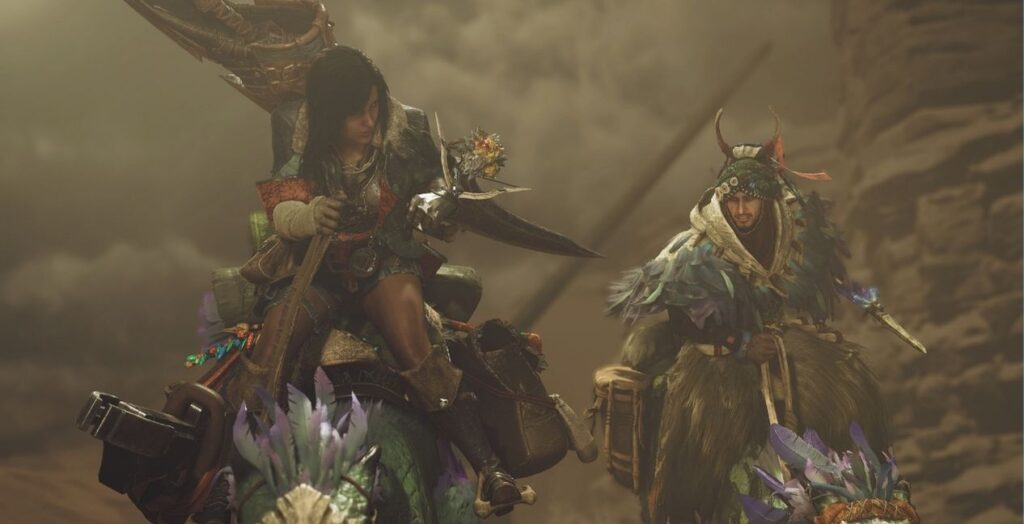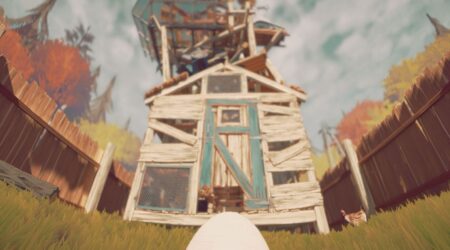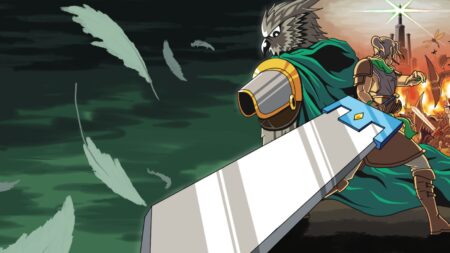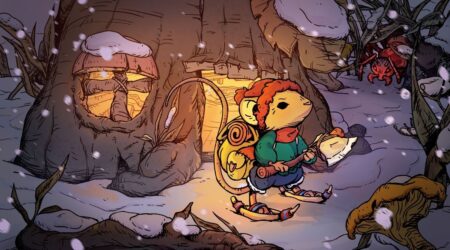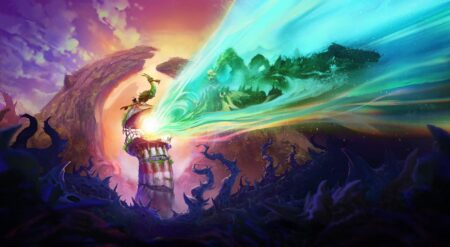“Failing to prepare is preparing to fail.” We’ve all probably heard the adage before, typically repeated by a sarcastic parent, teacher, or work superior. Somehow, it’s easier to remember when it’s hammered into you by a fire-breathing beast with way too many limbs and just as many anger issues. These bitter reminders are necessary because they make your eventual and hard-earned success feel genuinely triumphant. Monster Hunter Wilds brings several changes to the gameplay structure of the long-running series, but the latest entry in the Capcom-developed and published franchise holds onto the core that made it a success.
The basics of the gameplay are still the same: You can take on a mission, head out into the field, and kill or capture a monster. What’s changed is that your base camp is no longer set in a separate ambiguous zone. Your temporary home in each zone exists within the same area you’ll be hunting and scavenging, meaning it’s possible to head out without accepting a dedicated mission.
It’s possible and occasionally advisable to retreat from a hunt to resupply or change up your equipment if you’ve failed to prepare adequately. This eats up precious minutes when you’re on a quest, but the right loadout can spell the difference between success and failure.
Additionally, like the palamutes from Monster Hunter Rise, you’re able to call upon a reptilian mount known as a Seikret that helps you get around faster. It delivers supplies and stows a spare weapon, allowing players to switch things up a little faster if needed. Seikrets can even run on auto-pilot once you’ve set a destination, whether that’s a specific area of the map or a monster you’ve set your sights on.
These Swiss army mounts bring a lot of convenience, but before you worry that it makes Monster Hunter Wilds too easy, these features merely keep things fair when dealing with the more ferocious creatures you’ll be hunting. More importantly, this keeps the focus on hunting instead of spending time attempting to navigate the large, incredibly detailed maps.
Monster Hunter Wild is filled with genuine, living ecosystems.
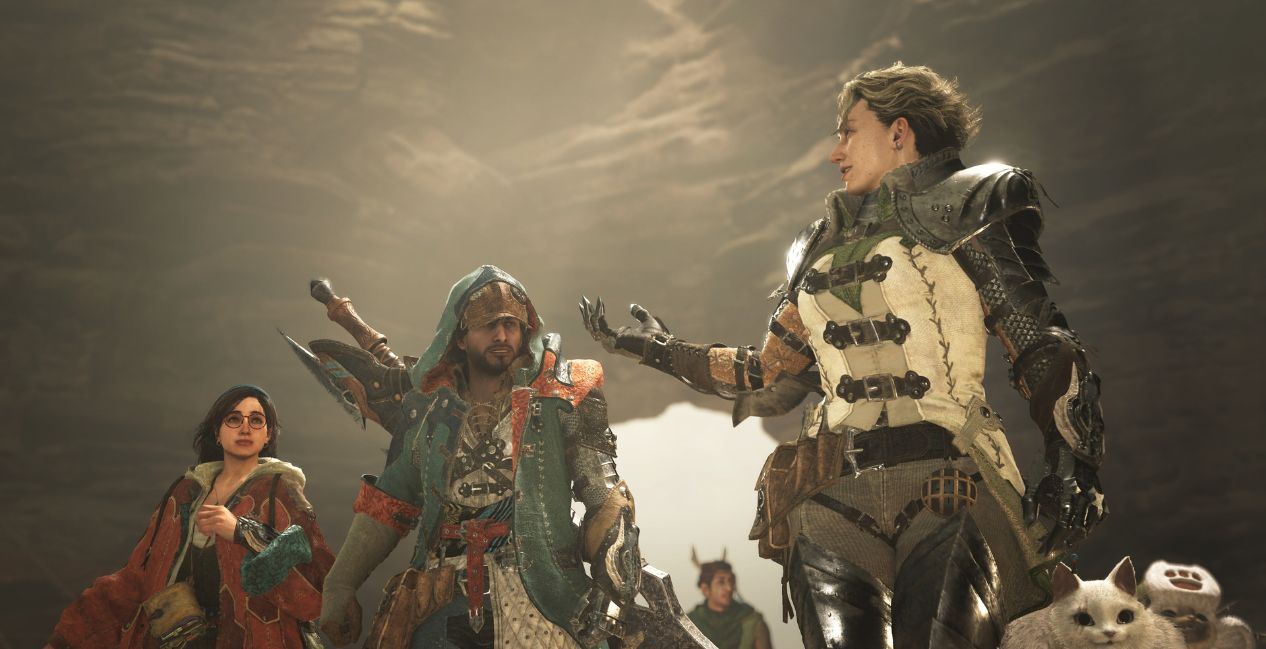
Now that your base of operations is set within the same zones you’re hunting, you’ll be spending all your time within these large, new biomes. The scope or level of detail in these maps isn’t new to the series, but Monster Hunter Wilds still delivers beautiful environments that shift over time or due to player influence.
Along with a shifting roster of roaming monsters, more than ever, these zones feel like they host genuine living ecosystems. A defeated monster’s body will remain where it fell until it decomposes, the weather in each zone changes over time, and resources slowly replenish. Less aggressive wildlife simply exists until you or a monster comes along to ruin their day. More than ever, this entry feels like you’re being pulled into another fully realized world.
Another major deviation from previous entries is the player character’s relationship to the world. Previous entries saw players as voiceless hunters who took on quests at a counter to defeat monsters that were causing trouble. Monster Hunter Wilds escalates this role by giving the protagonist a voice and placing them squarely in the action.
As part of the expedition to these new lands, your character will witness firsthand when a new biome is discovered or when a menacing new creature makes its existence known. They also develop bonds with the other characters you meet, making it easier to become emotionally invested and raising the stakes when they’re imperiled.
A fresh story and monsters keep things moving in-game.
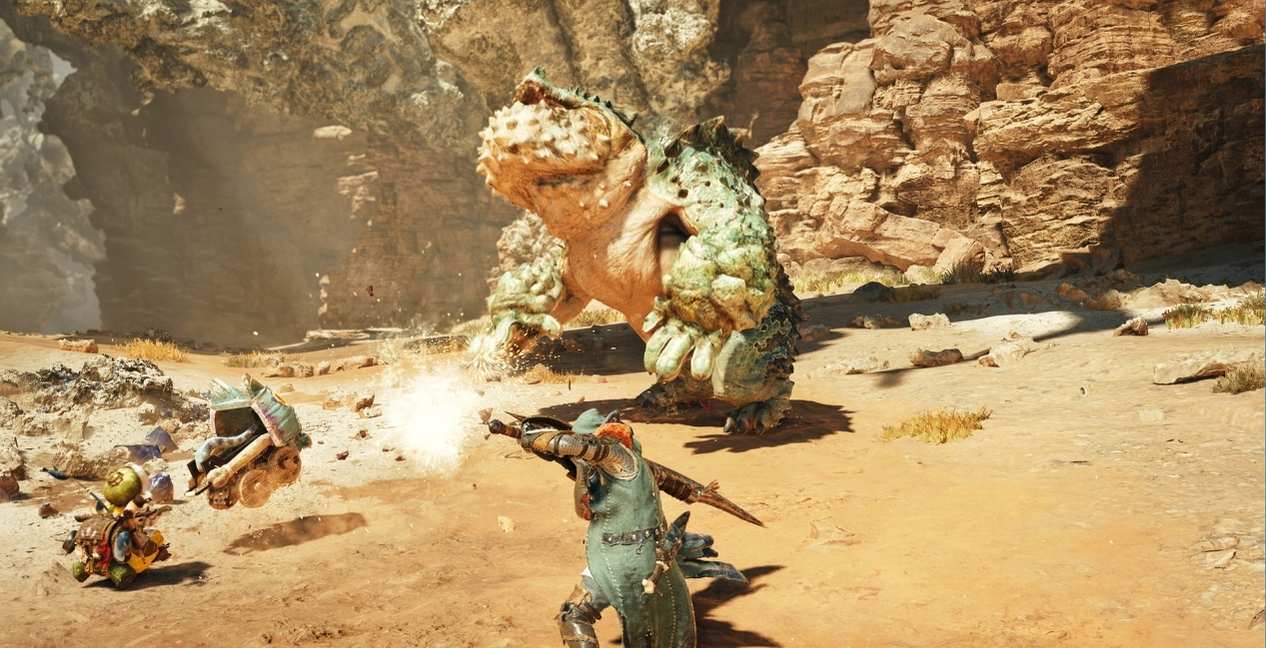
Traditionally, the story in the Monster Hunter franchise has been little more than a flimsy excuse to wipe out swaths of ravenous beasts in the interests of the greater good. Monster Hunter Wilds eschews the tried-and-true story beats for a more involved tale that touches on themes of power and resources and the difference between people trying to exploit or coexist with that power.
While some of these themes are undermined by the eventual slaughter of the titular monsters, it’s a welcome and earnest attempt at more mature storytelling. As any fan of the series might know, however, the story largely serves as a tutorial for the real challenge, the high-rank hunts that serve as the bulk of the time you can spend in Monster Hunter Wilds.
This release makes some sweeping changes to the formula, but hunting monsters feels better than it ever has. You can still pick one of over a dozen weapon types and set out into the world in search of your next conquest. Once you’ve discovered or been discovered by a monster, you can engage with it however your weapon of choice dictates.
For the ranged weapon wielders, you’ll typically be keeping your distance and peppering monsters with ammunition of varying elements. If you’re lugging around a massive blade or hammer, you’ll be punishing the beast up close with slow but devastating blows. Even smaller weapon types like dual blades or the sword and shield can rack up damage quickly, with swift combos that let the hunter get in and out before the monster can punish them.
Each weapon plays differently, allowing you to reinvent your playstyle if combat starts to feel stale, but the commonality between all of them is you’ll need to learn each monster’s attack patterns if you want to know when to dodge, counterattack, or simply hold your ground.
Weapons maketh the hunter in Monster Hunter Wilds.
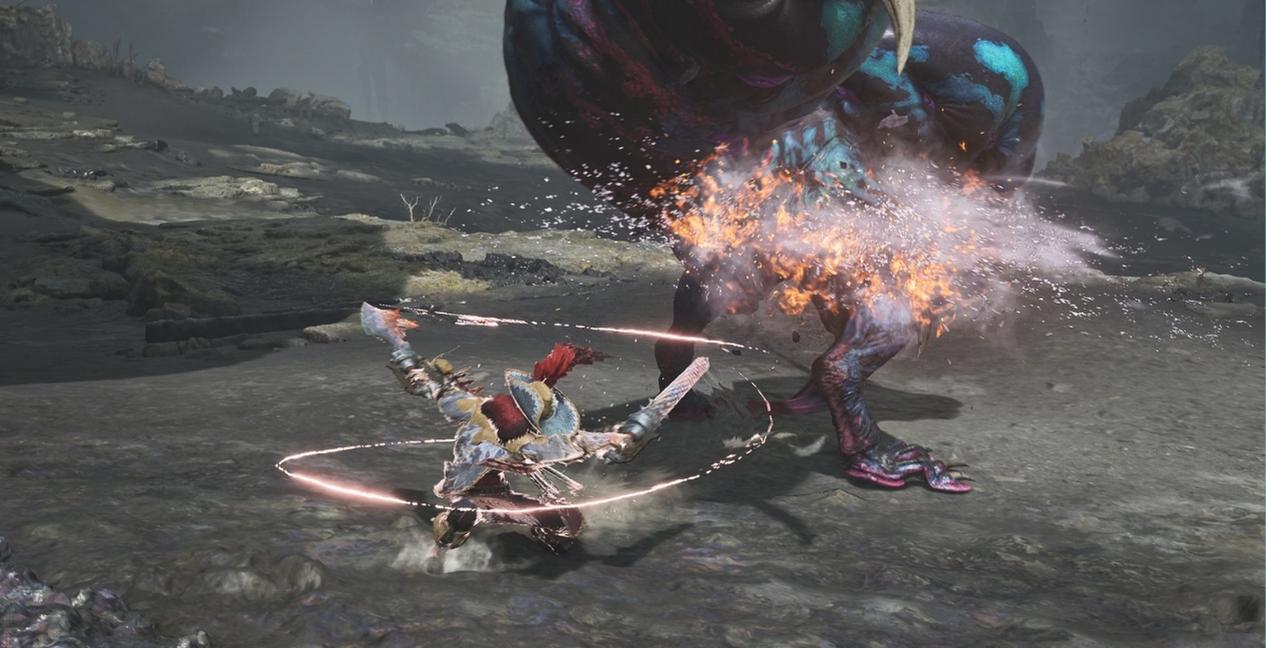
With the added mobility granted by your Seikret, the new ability to inflict and exploit wounds on monsters, and your permanent presence in these massively interconnected biomes, hunting feels less like you’re hitting a wall that suddenly crumbles and more like you’re interacting or sparring with a living creature.
Each biome is littered with resources, like traps, ammo for your arm-mounted slingshot, and materials you can use to craft consumables. Taking advantage of these requires players to carefully maintain awareness while dealing with monster attacks, but like any other skill in the game, it gets easier over time.
The first time you yank a boulder down onto a monster charging toward you is exhilarating, but so is the second, third, and every time after that because it demonstrates how much you’ve learned about your target and the environment. This mastery becomes vital as the intensity escalates in the post-game hunts, making even the least imposing monsters capable of taking out an unprepared hunter with a single attack.
Monster Hunter Wilds starts with big hunts and breathtaking action scenes. By the end of the story and beyond, you’ll be hunting even larger monsters with impossibly larger attacks, harvesting materials from their bodies to make stronger weapons and tougher armor. With a steadily improving armory, players will have the opportunity to tailor their weapons, armor, and passive skills to their preferences, a practice that will only keep them from being completely overwhelmed by their next vicious mark. The thrill of the hunt is the point, and there are plenty of thrills here.
Monster Hunter Wilds is available for purchase on PlayStation 5, Xbox Series X|S, and PC via Steam.
Monster Hunter Wilds Changes Up The Game…And It Works | Review
Monster Hunter Wilds starts with big hunts and breathtaking action scenes. By the end of the story and beyond, you’ll be hunting even larger monsters with impossibly larger attacks, harvesting materials from their bodies to make stronger weapons and tougher armor.
Monster Hunter Wilds
-
Rating - 9/109/10
TL; DR
Monster Hunter Wilds starts with big hunts and breathtaking action scenes. By the end of the story and beyond, you’ll be hunting even larger monsters with impossibly larger attacks, harvesting materials from their bodies to make stronger weapons and tougher armor.

